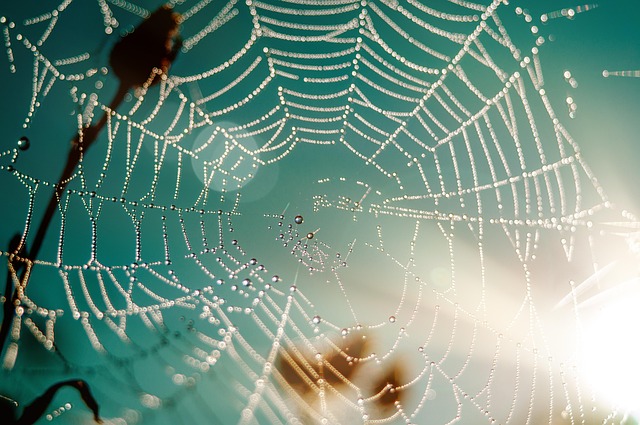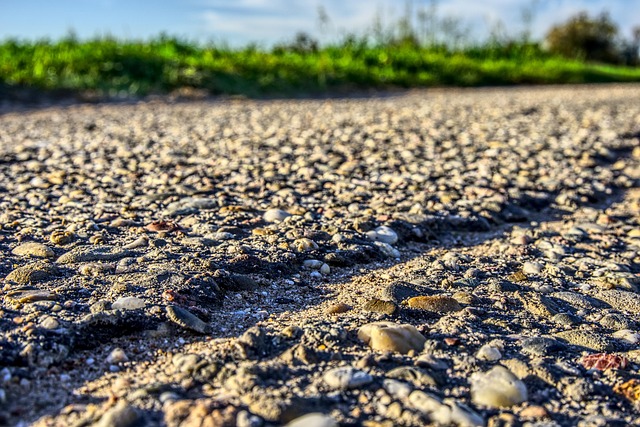The Unseen Consequences of Habitat Destruction
As we navigate through the challenges posed by climate change, a pressing issue that often gets overshadowed is habitat destruction. This term refers to the significant alteration or elimination of natural environments, a phenomenon that is both a cause and a consequence of the extreme weather events we are now witnessing globally.
The Ripple Effect of Extreme Weather
Extreme weather events—be it hurricanes, wildfires, or floods—are becoming increasingly common. These unforeseen disasters not only wreak havoc on human settlements but also severely impact ecosystems. The destruction that follows such events can lead to the loss of crucial habitats, creating a domino effect that further exacerbates climate change and environmental degradation.
Imagine a vibrant forest, home to countless species of flora and fauna, suddenly stripped bare by an intense storm. The loss of this habitat doesn’t just mean fewer trees; it represents the collapse of an entire ecosystem. Animals lose their homes, food sources dwindle, and biodiversity takes a hit. This, in turn, affects human beings who rely on these environments for clean air, water, and overall well-being.
Climate Change: A Catalyst for Habitat Destruction
The interconnection between habitat destruction and climate change is alarming. As global temperatures rise, weather patterns shift, leading to more frequent and severe storms. These changes threaten already fragile habitats, pushing species to the brink of extinction. Coral reefs, for example, are dying due to ocean acidification—an insidious result of rising carbon dioxide levels and climate change.
Moreover, as we clear land for agriculture or urban development, we contribute to climate change by releasing carbon stored in trees and soil. This creates a vicious cycle: climate change causes habitat destruction, and habitat destruction accelerates climate change.
Emotional Resonance
When we talk about habitat destruction, we’re discussing more than statistics and scientific models; we are delving into the emotional fabric of nature’s beauty and the intricate web of life. It’s hard not to feel a deep sense of loss when we consider the places that have been irrevocably changed or destroyed. The silent suffering of wildlife and their reduced spaces echoes through our collective consciousness.
We mustn’t forget the homes of countless species that are thrown into chaos because of our actions. Each storm that devastates a landscape not only robs animals of their homes but also strips us of the beauty and balance of the ecosystems that sustain us.
What Can We Do?
Awareness is the first step towards change. Advocating for policies that protect natural habitats, supporting sustainable practices, and getting involved in local conservation efforts can make a significant difference. By understanding the intimate connection between climate change and habitat destruction, we can foster a sense of stewardship and responsibility towards our environment.
As we face an uncertain future shaped by climate change, let us also remain hopeful. By recognizing the importance of every part of our ecosystem, we can work towards preserving the natural world for future generations. After all, the fight against habitat destruction is not just about saving wildlife—it’s about saving ourselves and the legacy we leave behind.




